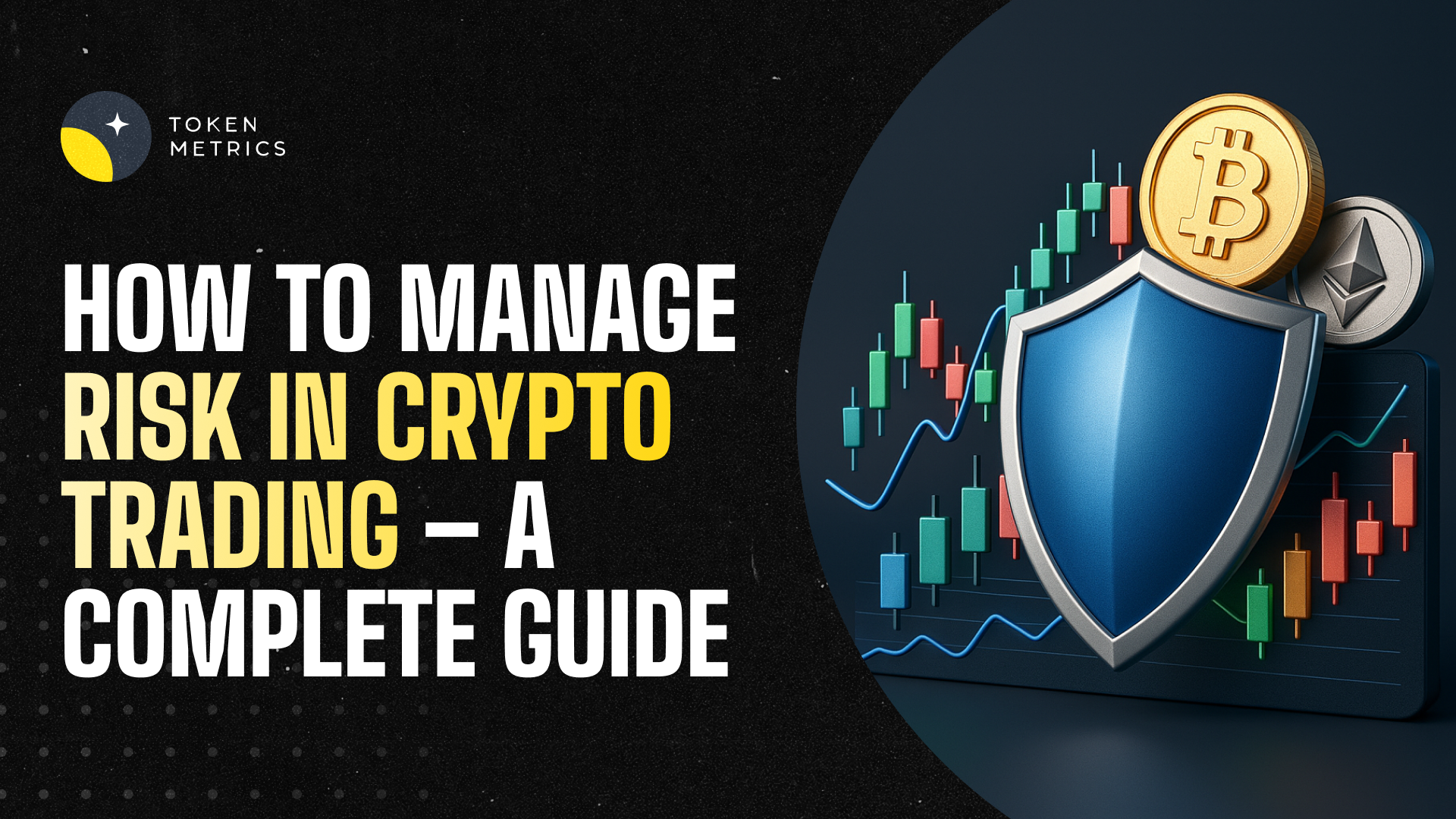
Is Bitcoin Dead? - Complete Analysis for BTC Investors

In recent years, Bitcoin has captured the attention of investors and the general public alike. As the first decentralized cryptocurrency, Bitcoin has had a significant impact on the financial world.
However, there have been debates and concerns surrounding its long-term viability. This article aims to provide a comprehensive analysis for BTC investors to understand whether Bitcoin is dead or alive.
Overview of Bitcoin
Bitcoin was introduced in 2009 by an anonymous person or group of people using the pseudonym Satoshi Nakamoto.
Since its inception, Bitcoin has witnessed significant growth and development. It has gone through multiple market cycles, attracting both enthusiastic investors and skeptical critics, but the million dollar question is, what is the future of Bitcoin and is it dead?
Is Bitcoin Dead?
Bitcoin is not dead, despite experiencing its fair share of challenges and price volatility, is far from being dead in 2023.
In fact, it continues to demonstrate resilience and adaptability, reinforcing its status as the pioneer and leading cryptocurrency in the market.
While some critics argue that Bitcoin's heyday has passed, it is important to delve into the factors that underpin its longevity and potential for growth.
Factors that Affect Bitcoin Value
Bitcoin's value is subject to the impact of various factors that contribute to its volatility. Presented below are ten key elements that exert influence on the value of Bitcoin.
Bitcoin's Price Volatility - One of the key characteristics of Bitcoin is its price volatility. Bitcoin has experienced substantial price fluctuations throughout its existence.
While this volatility can present opportunities for traders, it has also raised concerns about its stability as a currency or store of value.
Adoption and Mainstream Acceptance - Over the years, Bitcoin has gained increasing adoption and acceptance across various industries and sectors. Major companies, including PayPal and Tesla, have integrated Bitcoin into their payment systems.
Additionally, countries like El Salvador have even adopted Bitcoin as legal tender. This growing acceptance indicates that Bitcoin is far from dead and continues to attract interest from businesses and governments worldwide.
Regulatory Challenges - Bitcoin's decentralized nature has posed regulatory challenges for governments around the world. Regulatory frameworks and policies regarding cryptocurrencies vary significantly, leading to uncertainty for investors.
While regulations can provide stability and protection, overly restrictive measures may hinder the growth and development of the cryptocurrency market.
Scaling Issues - Bitcoin's scalability has been a topic of discussion within the crypto community. As the number of Bitcoin transactions increases, the network's capacity may become strained, resulting in slower transaction times and higher fees.
Various solutions, such as the Lightning Network, have been proposed to address these scaling issues and improve the overall usability of Bitcoin.
Security Concerns - Security is a crucial aspect of any digital asset, and Bitcoin is no exception. While Bitcoin's underlying technology, blockchain, is considered secure, there have been instances of hacking and theft from exchanges and wallets.
Investors must take appropriate measures to protect their Bitcoin holdings, such as using secure wallets and employing strong security practices.
The Role of Altcoins - Altcoins, or alternative cryptocurrencies, have emerged alongside Bitcoin. These coins offer different features and functionalities compared to Bitcoin.
While some argue that altcoins could potentially replace Bitcoin, others believe in the coexistence and complementary nature of various cryptocurrencies in the digital economy.
Institutional Investment in Bitcoin - In recent years, institutional investors and corporations have shown increasing interest in Bitcoin.
Prominent companies like MicroStrategy and Square have allocated a significant portion of their treasury funds to Bitcoin.
This institutional investment brings legitimacy and stability to the cryptocurrency market and indicates the confidence that some financial institutions have in Bitcoin's future.
Bitcoin's Store of Value Narrative - One of the key narratives surrounding Bitcoin is its potential as a store of value, similar to gold. Supporters argue that Bitcoin's limited supply and decentralized nature make it an attractive asset for preserving wealth.
They believe that Bitcoin's scarcity and the absence of central authority make it resistant to inflation and government manipulation. This store of value narrative has attracted investors seeking an alternative to traditional fiat currencies and assets.
Technological Advancements - Bitcoin's underlying technology, the blockchain, continues to evolve and improve.
Technological advancements, such as the implementation of Segregated Witness (SegWit) and the development of the Lightning Network, aim to enhance Bitcoin's scalability, transaction speed, and privacy features.
These advancements address some of the limitations and challenges faced by Bitcoin, ensuring its continued relevance in the digital economy.
Environmental Concerns - One significant criticism levied against Bitcoin is its environmental impact. The process of Bitcoin mining, which involves solving complex mathematical puzzles to validate transactions, requires substantial energy consumption.
As the network grows and more mining operations come into play, concerns about carbon emissions and sustainability arise.
However, efforts are being made to explore more energy-efficient mining techniques and promote the use of renewable energy sources for mining operations.
Read More - Is Shiba Inu Dead?
Will BTC Ever Fully Recover?
To evaluate whether BTC will recover fully, it's crucial to understand the concept of market cycles.
These cycles are influenced by various factors such as market sentiment, regulatory developments, technological advancements, and macroeconomic conditions.
The Bull Market of 2017 - In 2017, Bitcoin experienced a remarkable bull market, reaching a record high of nearly $20,000. This surge was driven by mainstream adoption, media coverage, and an influx of retail investors.
However, the market eventually underwent a significant correction, leading to a sharp decline in Bitcoin's price.
The Recovery Process - Subsequently, Bitcoin entered a prolonged bear market, which follows a typical recovery process consisting of accumulation, markup, distribution, and markdown phases.
Throughout its history, Bitcoin has displayed a cyclical pattern, with substantial price surges followed by periods of consolidation.
The Potential for Recovery - While the recovery of Bitcoin cannot be guaranteed, historical data suggests the potential for a full recovery, as each subsequent bull market has shown higher price highs and higher lows, indicating an overall upward trend over time.
Future of Bitcoin
The future of Bitcoin remains uncertain but promising. While the cryptocurrency faces challenges and skeptics, its resilience and ability to adapt have been demonstrated over the years.
As more individuals, businesses, and institutions embrace cryptocurrencies, Bitcoin is likely to remain a prominent player in the digital asset space.
However, the landscape is dynamic, and investors should stay informed about regulatory developments, technological advancements, and market trends to make informed decisions.
Impact of Bitcoin Halving on BTC Price
The impact of Bitcoin halving on the BTC price can be observed through previous halving cycles. After each halving event, Bitcoin has experienced substantial price appreciation over time. This phenomenon is often attributed to the reduced inflation rate and increased scarcity of new Bitcoins.
Investors and traders closely monitor Bitcoin halving events as they can provide unique opportunities for profit. The anticipation and post-halving effects on the BTC price create an environment of speculative trading, contributing to increased volatility in the market.
Should you Still Invest in BTC?
Bitcoin, the leading cryptocurrency in terms of market capitalization, poses a considerable investment risk due to its high volatility.
It is prudent to consider this option only if you possess a significant appetite for risk, are in a robust financial position, and can withstand the potential loss of invested funds.
Should you decide to proceed with investing, it is vital to maintain a well diversified portfolio encompassing various investment types to mitigate your overall risk exposure. As a general guideline, refrain from allocating more than 10% of your portfolio to high-risk assets such as Bitcoin.
Frequently Asked Questions
Q1. Is Bitcoin a safe investment?
Bitcoin, like any investment, carries risks. Its volatility and regulatory uncertainties should be considered. It's important to do your own research and consult with financial professionals before investing.
Q2. Can Bitcoin be hacked?
While Bitcoin's blockchain technology is secure, individual wallets and exchanges can be vulnerable to hacking. It's crucial to use secure wallets, employ strong security practices, and choose reputable exchanges.
Q3. Is Bitcoin legal?
The legality of Bitcoin varies by country. Some nations have embraced it, while other countries like China, have imposed restrictions. It's essential to understand the legal landscape in your jurisdiction before engaging in Bitcoin transactions.
Q4. Can Altcoins replace Bitcoin?
Altcoins offer different features and use cases compared to Bitcoin. While they may have their strengths, Bitcoin's first-mover advantage, widespread adoption, and market capitalization make it unlikely to be replaced entirely.
Q5. How can I protect my Bitcoin investments?
To protect your Bitcoin investments, use secure wallets, enable two-factor authentication, keep your private keys offline, and stay vigilant against phishing attempts or suspicious activities.
Final Thoughts
In conclusion, Bitcoin is far from dead. It has evolved from its humble beginnings into a globally recognized digital asset with growing adoption and acceptance.
While challenges such as price volatility, regulatory uncertainties, and scaling issues persist, Bitcoin continues to attract investors, institutional support, and technological innovations.
As with any investment, it is crucial for BTC investors to conduct thorough research, stay updated on industry developments, and assess their risk tolerance before making decisions.
Disclaimer
The information provided on this website does not constitute investment advice, financial advice, trading advice, or any other sort of advice and you should not treat any of the website's content as such.
Token Metrics does not recommend that any cryptocurrency should be bought, sold, or held by you. Do conduct your own due diligence and consult your financial advisor before making any investment decisions.

.svg)

Create Your Free Token Metrics Account

.png)




%201.svg)
%201.svg)


%201.svg)
















.svg)




.png)